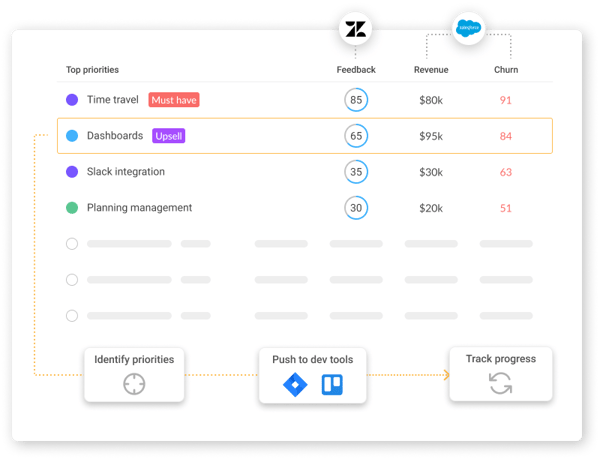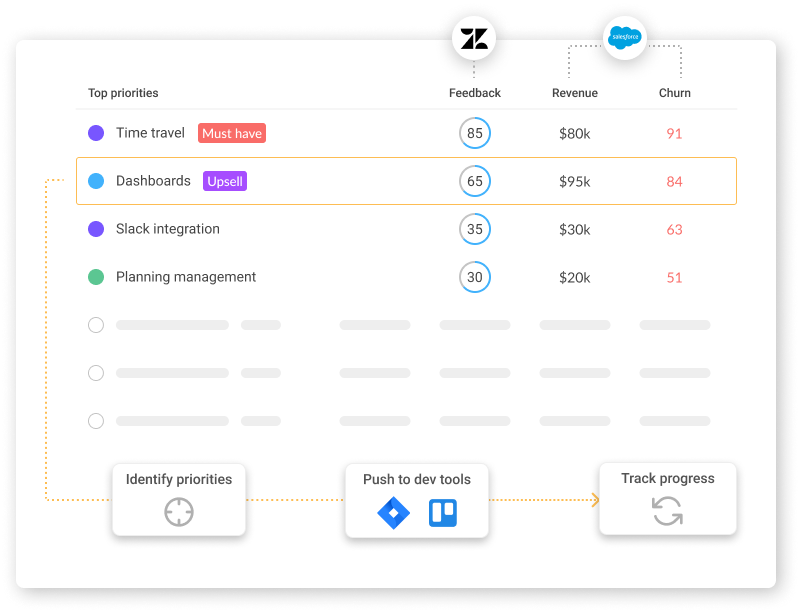Also referred to as ‘backlog refinement,’ the term ‘backlog grooming’ refers to the process when the product owner, along with his development team, reconsiders and returns to items on the product backlog. This is to ensure that the most suitable backlog items are duly prioritized.
The outcome of a backlog grooming session is primarily to guarantee that the forthcoming sprints' worth of user stories are primed and prepared for sprint planning within the product backlog. A great backlog refinement session ensures that the product backlog does not transform into a black hole.
DEEP Backlog
One of the most operative and useful workflows in a project is the DEEP backlog, which represents the four key attributes of a well-groomed background. The four letters represent the following features:
1. Detailed adequately
Team members should be able to conveniently understand the forthcoming items within the backlog, meaning they should be sufficiently detailed.
2. Emergent
A product backlog should allow the addition of new items as the users enhance their knowledge and understanding of the problem space.
3. Estimated
The product backlog should serve as an appropriate planning tool for the user. Each impending item on the backlog should comprise an estimated time frame for its completion.
4. Prioritized
The backlog must be able to do product prioritization effectively and place higher-value items on the top ranking based on their strategic purposes.
Who runs backlog refinement sessions?
Ideally, backlog refinement sessions are run by either the product manager or the product owner. However, this can be something other than the scenario. Another senior member of the team, the project manager, or the ScrumMaster may also conduct a backlog refinement or grooming session. The choice may be dependent upon the company’s hierarchical structure.
Who attends backlog grooming meetings?
It is very significant to ensure that every department of the organization participates and engages in regular backlog refinement sessions. However, it is to be noted that the process becomes rather overwhelming and fruitless when there is an unnecessary number of collaborators with diverse viewpoints. Some of the key personnel with the most profound involvement in the product development process should be regular attendees of the grooming meetings. These individuals may include:
- the session leader – product owner, product manager, or another experienced member of the team,
- lead engineers,
- members from the customer support and quality assurance department, and
- product managers and other agents of the product team.
How long should backlog grooming take?
There is no predetermined or ideal time frame for the backlog grooming process. It should be duly considered that refinement meetings and sessions spread over immensely long periods are unadvisable.
Most companies conduct the backlog refining session between 45 minutes to almost one hour. The said timespan is sufficient to illuminate user stories for several forthcoming sprints. Excessively longer sessions for backlog grooming are not particularly advised since they need more focus and concentration and may obstruct the core responsibilities of the development team.

How should a product manager prepare for backlog grooming?
It is most suitable to attend a backlog refining session while having done a certain degree of preparation. Everyone is expected to be adequately prepared, from product managers to product owners. Some of the key practices before attending a backlog grooming may include:
1. Revisiting strategic objectives
This could be achieved by taking one step back and reiterating the all-encompassing strategy for the product roadmap. There is no need to refurbish and renovate the complete roadmap, but it is strongly suggested to prioritize high-level objectives in your mind.
2. Conversing with stakeholders
Connecting with stakeholders is one of the finest means of obtaining internal and external feedback. When working as a product person, you essentially constitute a connection and association between the strategy and stakeholders.
3. reviewing key metrics
It is typically suggested to understand the outcomes if you aim to introduce experiments. A thorough investigation of the key metrics’ health is advisable to identify any considerable changes.
Benefits of backlog grooming
There are a lot of benefits that can be achieved from the backlog grooming process. These include but are not limited to the following:
1. an effective means of communicating the status of your product roadmap
The backlog grooming process is one of the best ways to ensure that your product managers and stakeholders are on the same page. This will help to ensure smooth collaboration and communication.
2. identifying the gaps between the roadmap and current product status, as well as the areas which require improvement
It is crucial to ensure that you constantly monitor the progress of the roadmap. Your product roadmap can be streamlined and optimized by identifying and closing gaps.
Backlog grooming best practices
You can undertake several steps to ensure that the backlog grooming process is effective and efficient. Some of the best practices include:
1. set a clear definition of what a backlog is
You must set a clear definition of the backlog. This will help ensure that everyone understands what it means and how they will work with its contents.
2. define the process for grooming the backlog
The next step is to establish a clear process for grooming the backlog. By defining this process in advance, there will be clarity about what needs to happen next and when.
3. set a deadline for grooming the backlog
It is important to define a deadline for grooming the backlog. This is especially true if you have a large backlog. If the grooming process is taking longer than expected, then you should set a deadline for when the backlog must be finished.
4. establish milestones for the backlog
Another important part of establishing a backlog is to set milestones for when the backlog needs to be completed. This will help ensure that there are no surprises in the final product and that the process is managed effectively.
The last step is to clearly define what needs to be done to complete the backlog. This will help to ensure that everyone is on board and that they are all working towards the same goal.
The next step in creating your backlog is establishing a clear definition of done (DoD). This will help to ensure that the team is working effectively.
This is a list of the most important things that should be completed before working through the backlog. This will help to ensure that everything is working effectively.
The product manager can use a backlog grooming tool to help manage the backlog. This will ensure that all stakeholders and the product manager are involved in the process and that there are no surprises when working through the backlog.
